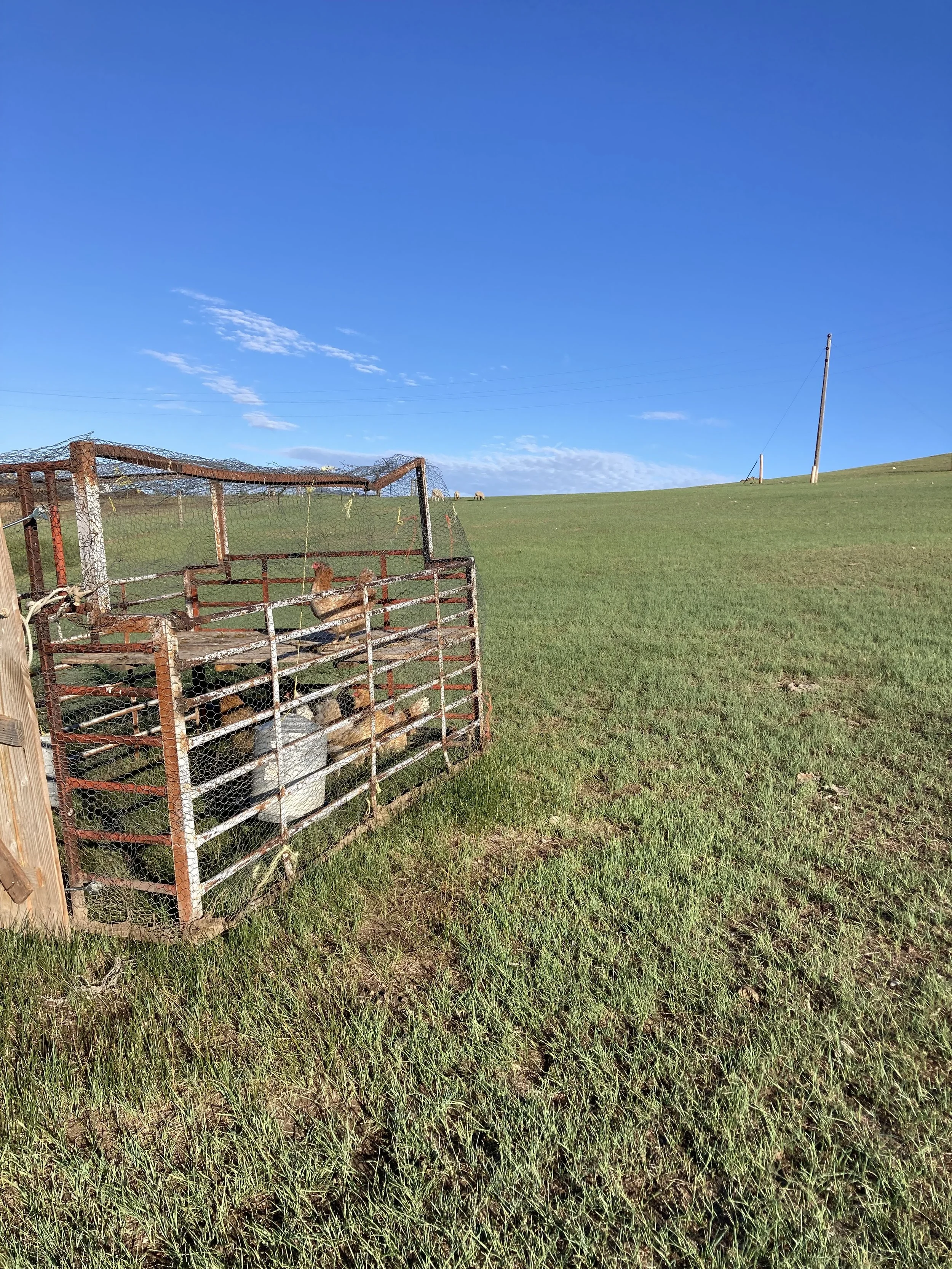Grasshoppers
As I walked the sheep to their pasture the other day, a huge flock of seagulls hopped along the ground.
Seagulls normally live around Lake Francis and the county landfill, both about 10 miles from the ranch. Two or three might swoop overhead periodically, looking for treats.
This flock was different.
The seagulls hopped and pecked, more birds joining the massive white mass by the moment.
They were feasting on millions of tiny grasshoppers.
Last year was a beautiful grass year, with a wet and warm spring that grew grass to my knees.
The cows were shiny and the sheep were fat.
I had new fencing that protected more of my pastures so the grass could grow tall and go to seed.
I planned to save those pastures for grazing this spring, knowing 18 months of rest is good for grass, soil, cows, sheep and me.
The heat during June of last year grew grasshoppers, too.
By August, my protected pastures looked like a sidewalk in downtown LA.
It was a bit disheartening.
This year’s hatch made my heart sink again.
But with every aspect of nature comes an opportunity.
My chickens love to eat grasshoppers as much as seagulls do.
The grasshoppers don’t come to my chickens in the barn so I need to take the chickens to the grasshoppers.
My apprentice, Hannah, was eager to build a portable coop.
I had an old pickup rack and I found some metal sleigh runners in a pile of stuff near the barn.
Hannah brought all of it to life with a new-to-me welder and some chicken wire.
I will move the portable coop every day, allowing chickens inside to peck at grasshoppers and fertilize the ground in relative safety.
This little chicken tractor is nowhere near big enough to dent the population of grasshoppers, but at least I gain a small benefit from them instead of only feeling helpless.
In fact, maybe I can create another small benefit.
As I walked the sheep to their pasture with tiny grasshoppers bouncing across my boots and the seagulls refusing to fly from their feast, I realized I have another product that people want.
I have fishing bait hopping across my prairie.
I just have to catch them.
Nets are too labor intensive. I have other things to do.
Research determined molasses might be a good bait.
A vertical pane of glass is a good way to bounce grasshoppers into soapy water.
Keeping a pane of glass vertical would be difficult around here and who knows what else would find a bowl of soapy water.
So I gathered a few milk jugs and pop bottles.
I cut the spouts off and inverted the spouts into the wide openings of the other half.
Milk jugs are more awkward than pop bottles because when I inverted the spout, the plastic handle left a gap so I duct taped the two milk jug spouts together.
I tossed in some old lettuce and bit of molasses as bait.
Now I had a bunch of funnels with grasshopper storage containers.
My next question was where to locate my grasshopper traps.
Grasshoppers prefer plants that are stressed by lack of moisture.
I have plenty of moisture-stressed grass on the ranch.
I also have plenty of wind.
I needed to lock down my lightweight traps.
I tied a few to some fencerows with yellow twine.
After all, grasshoppers are attracted to yellow.
Some traps are staked down on dry hills, just to see what happens.
I will claim a successful experiment when my freezer is full of baggies of grasshoppers.
I might not have grass to feed my livestock, but I won't have that sinking powerless feeling, either.
